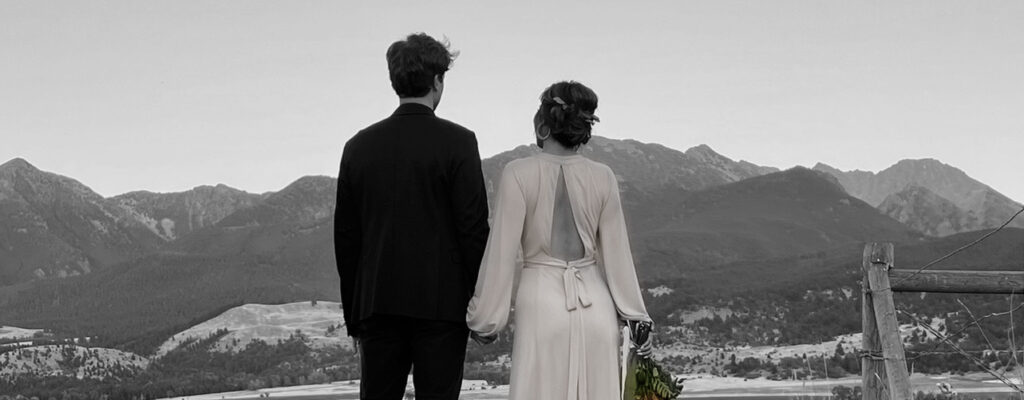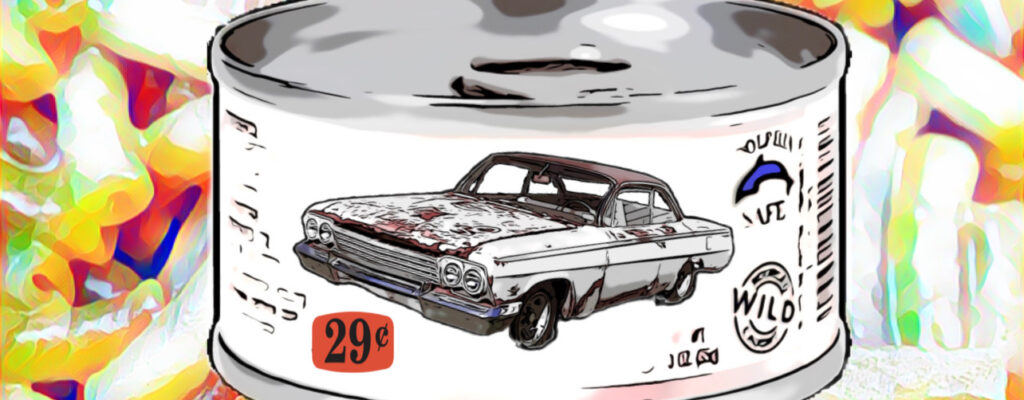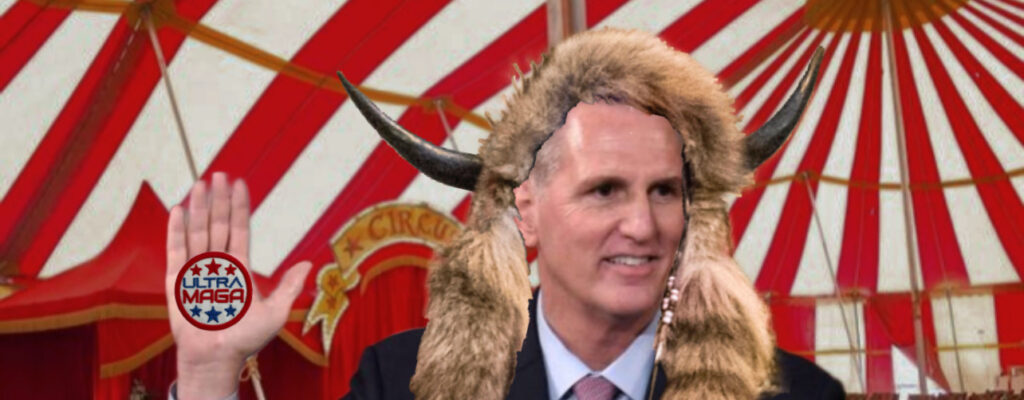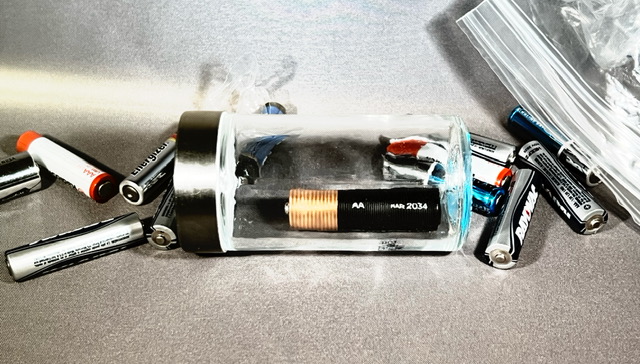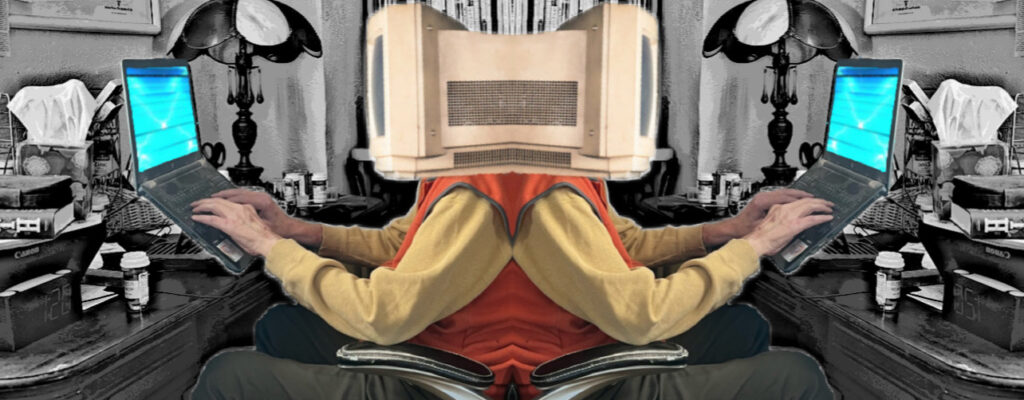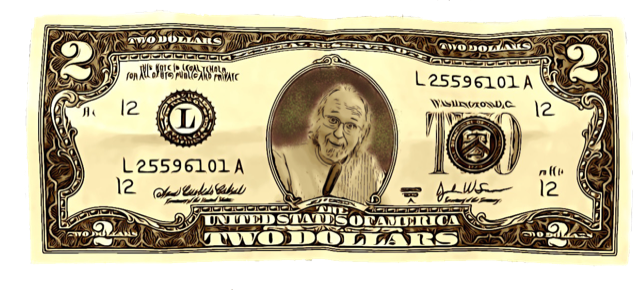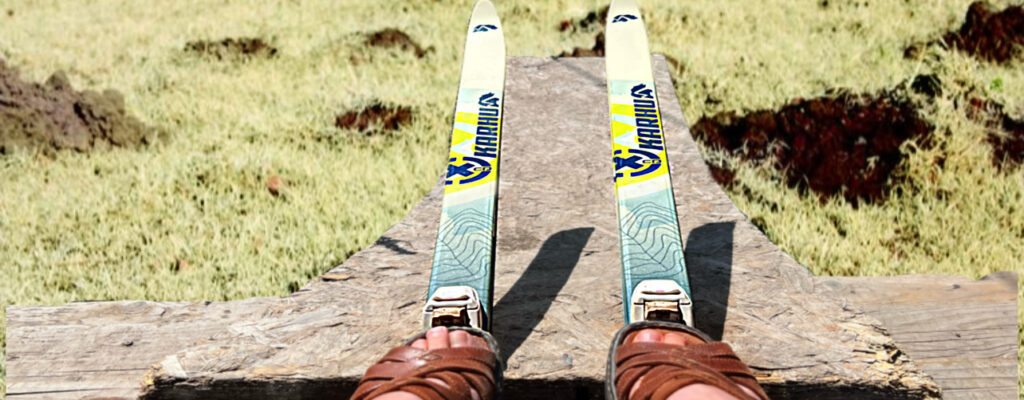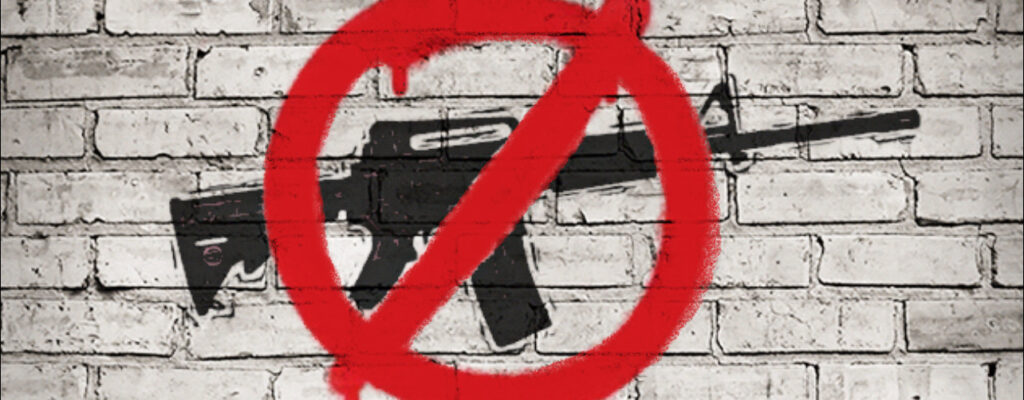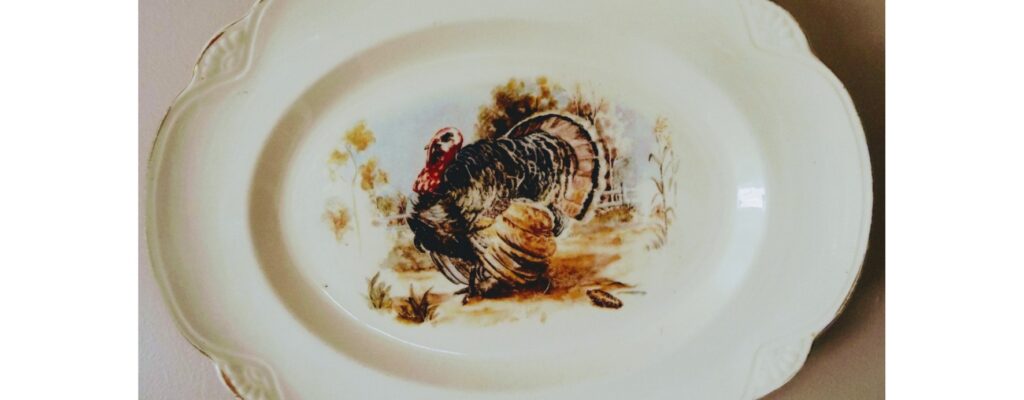Caution: Read before moving on to the story of weddings.
Get emergency help right away if you get any of the following signs or symptoms: breathing problems or wheezing, swelling of the face, lips, mouth, tongue or throat, fainting, dizziness, feeling lightheaded, fast pulse, fever, hives, joint pain, general ill feeling, itching, skin rash, swollen lymph nodes, nausea or vomiting, or cramps in your stomach area.
Before embarking on the stroll down the aisle, be sure to note if you have trouble walking or moving due to excruciating pain. Some people have actually been hospitalized, thereby causing the father of the bride (who usually foots the bill) to threaten the caterer with physical violence. Tell your healthcare provider about any new or worsening joint symptoms in anticipation of your big day.
Remember that tensions are high on wedding days. This is not a caveat; it’s a requirement.
The story of weddings.
I feel qualified to address this whole wedding/marriage thing because as of this very day I have been married for forty-five years. What more expertise could be had?
“A wedding is a special occasion,” states an article from Bankrate, a company that keeps track of this kind of stuff.
“But its high price tag can often cause significant stress for the couple tying the knot. The high cost of venues, catering, photography, flowers, music and more can make the already high-stress wedding planning process even more pressure-filled.”
(Note that I covered most of that in the italicized paragraphs above.)
The real pressure arising from the wedding day is that, on average in these United States, somebody’s got to fork over about $30,000. It can be significantly higher if you start buying airline tickets for distant relatives whom you’ve only ever seen at other family weddings. Limousines can be expensive, as can be a fully staffed yacht for the month-long honeymoon in the Mediterranean.
I don’t have a clue how much our wedding cost. In 1978, $6,400 was what could be bought for today’s $30,000. I’m pretty sure that our wedding did not cost that much.
It was a simple, elegant wedding that took place at the Self-Realization Fellowship Lake Side Shrine—just a few blocks from the Pacific Ocean on Sunset Boulevard. Founded by Paramahansa Yogananda, an Indian mystic who envisioned a world in which all religions would get along. We got married at an altar behind which was mini-mausoleum that contained some of Mahatma Gandhi’s ashes. It was a cheery note that went along with the music that featured no fewer than 17 sitars and a batterie of tabla.
“I’ll have the eggroll to go,” my best man deadpanned.
Rick and my father were my—what? —ushers. No, they were co-best men. The three of us wore white tuxedos (not my idea) and as we stood on a hillside we looked like the Jewish Bee Gees as Geri, walking around the lake on her father’s arm, was not sure about Tommy’s reminders that she could just call it off. I was cool as a cucumber, having been slightly numbed by the champagne my father, Rick and I had finished in the parking lot before the Indian music started.
Brother Adamoy officiated. He got Geri to calm down as I was feeling no pain. I also had no idea what he was talking about, but I think he conjured up the aromas of flowers and reminded us that there were many paths to God.
At that point we were married, and Geri and I were rushed to the Lincoln Continental that her stepfather, Wilbur, would drive through Malibu on the way to the reception site—Geri’s mother’s house. Wilbur wanted desperately to stop at Don the Beachcomber’s for a round or two of Mai tais and a basket of fried won tons. We convinced him that it was a bad idea. Guests were arriving at her mother’s house for what was a buffet—both catered and potluck—and pool party.
We served beer and wine, although I was able to find some Scotch to give to my friend Tom, which he drank from a blue butter tub as he sat in the deep end of the pool. He was happy.
We averted a tragedy when a toddler fell into the hot tub and a friend of Geri’s dove in and saved the kid. We also had four wedding crashers. I knew them but I had no idea how they knew about our wedding date.
Although I’ve only been a groom once, I’ve been to scores of weddings as a drummer. Most of those weddings were fairly sedate; the others presented a mosaic of bad behavior, especially at those so-called shotgun weddings wherein the father of the bride solaces himself with bourbon while glaring at the groom and his entire family.
We chose not to have music at our wedding. My thinking was that I chose never again to have to hear “Sunrise, Sunset” and “We’ve Only Just Begun,” both of which are mandatory at weddings with music.
Happy Anniversary Geri!
Photography by Courtney A. Liska
Italian Wedding Cookies
1 1/2 cup salted butter
4 tsp. vanilla extract
3/4 cup ground walnuts
3/4 cup ground hazelnuts
3 cups all-purpose flour
3/4 cup powder sugar
1/2 cup powder sugar for dusting
Heat your oven to 325”F.
In a large mixing bowl cream together the butter and 3/4 cup of the powder sugar until fluffy.
1 1/2 cup salted butter, 3/4 cup powder sugar
Add the vanilla extract and little by little the ground walnuts and hazelnuts. Mix until combined.
4 tsp vanilla extract, 3/4 cup ground walnuts, 3/4 cup ground hazelnuts
Start adding in the flour little by little until mixed in.
3 cups all-purpose flour
Prepare your largest cookie sheet and using a small spoon form the cookies into balls, the size of a golf ball or smaller. You should have about 45 cookies.
Arrange all the cookies on the baking sheet without touching each other.
Bake the cookies in the oven for 20 minutes.
Remove the wedding cookies from the oven and allow them to cool off just for a few minutes before rolling them over the reserved powder sugar. It’s best that they are still a little warm so the sugar coating sticks nicely.
Arrange the cookies on a platter and dust with more powder sugar on top before serving.
